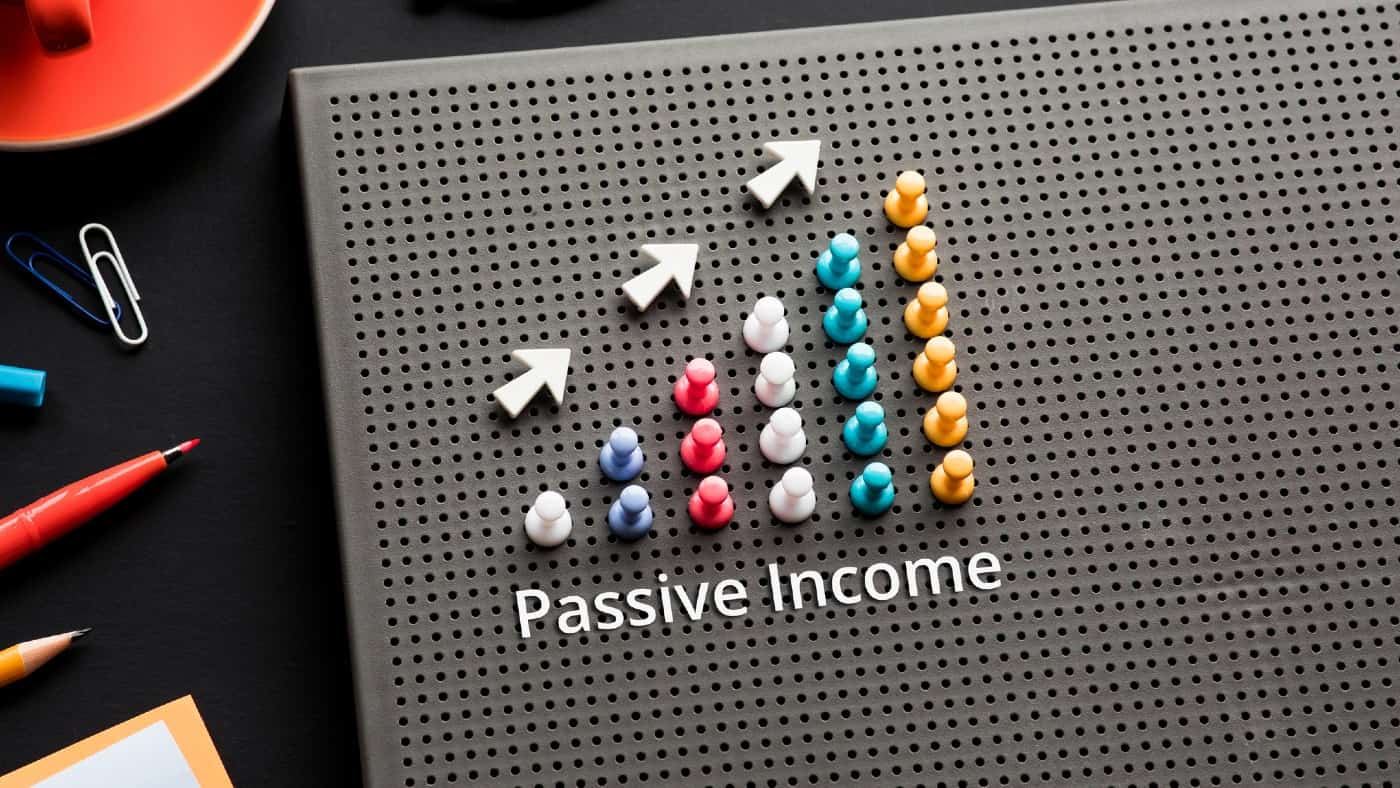Generating passive income is a financial goal for many, me included. By making some extra cash alongside my main source of income, I’ll be provided with an extra layer of financial security.
There are plenty of ways to generate extra money. For example, I could start a business. But for me, one of the simplest ways is to own dividend shares. I plan to buy shares, reinvest my earnings, and use these funds to supplement my later life.
With an initial lump sum of £1,000, here’s what I’d do today.
Where to start
With some savings accounts offering interest rates of over 5%, I could be tempted to leave my cash sitting in the bank. After all, it’s a low-risk investment. And 5% isn’t too bad of a return.
However, I’m conscious of the growth opportunities I’d be missing out on. By putting my money into the stock market, I can make it work harder for me. What’s more, high interest rates won’t last forever.
If I were to start, I’d look to invest my money in blue-chip companies. To do that, I’d turn to the FTSE 100.
Aside from being jam-packed with brands that millions of consumers use every day, it also provides some of the best passive income opportunities out there. Its average dividend yield is nearly 4%.
Doing my homework
While the index is brimming with high-quality businesses, I’d have to do my due diligence. And there are a few criteria I’d look for.
First, I’d seek out companies that have a record of providing stable growth. This would give me some confidence that the business would potentially be able to weather any storm, such as we’ve seen in the last few years.
On top of that, I’d look for Dividend Aristocrats. These are companies that have paid and increased payouts to shareholders for a prolonged period. While past performance is by no means an indication of future returns, this would give me greater conviction in my investment decisions.
Enhancing my gains
Starting with a £1,000 lump sum puts me in a good place. But there are additional steps I can take to boost my returns.
For example, with any spare cash I had at the end of the month, I’d look to add that to my nest egg. And I’d reinvest my returns. By doing that, I’d benefit from compounding, which means I’d be earning interest on those returns as well as on my original £1,000. This would allow me to grow my pot quicker.
How much can I earn?
An 8% return on £1,000 would see me earning around £850 a year in passive income after 30 years.
However, if I were to bolster my initial investment with £150 monthly contributions, after year 30 I’d be earning over £17,000 a year. My investment pot would also be worth more than £200,000.
It’s worth noting that returns are never guaranteed. The market is volatile. That said, £17,000 a year in passive income is a handsome figure, even with the impact of inflation. This additional money would prepare me for a much more comfortable retirement.







